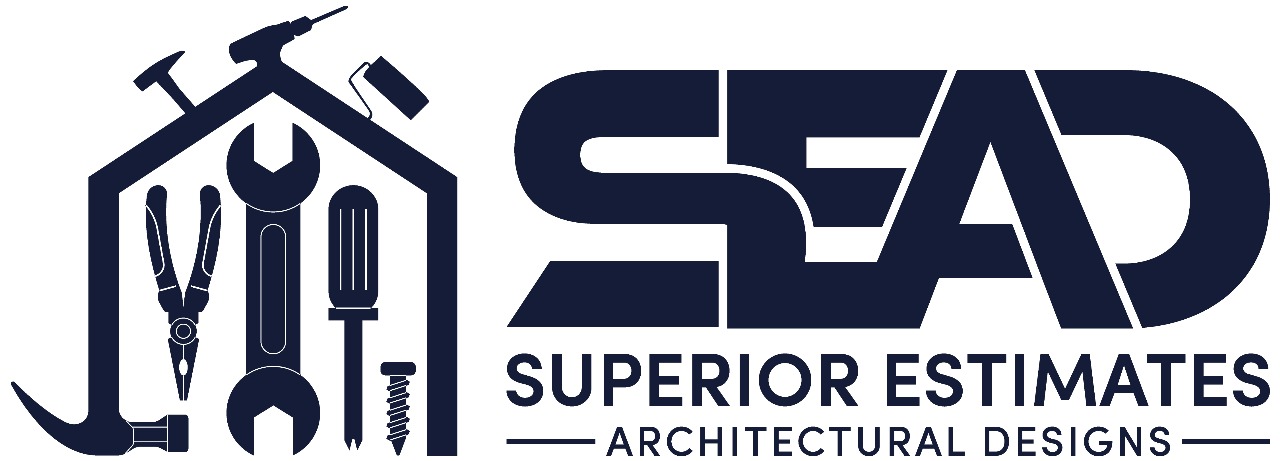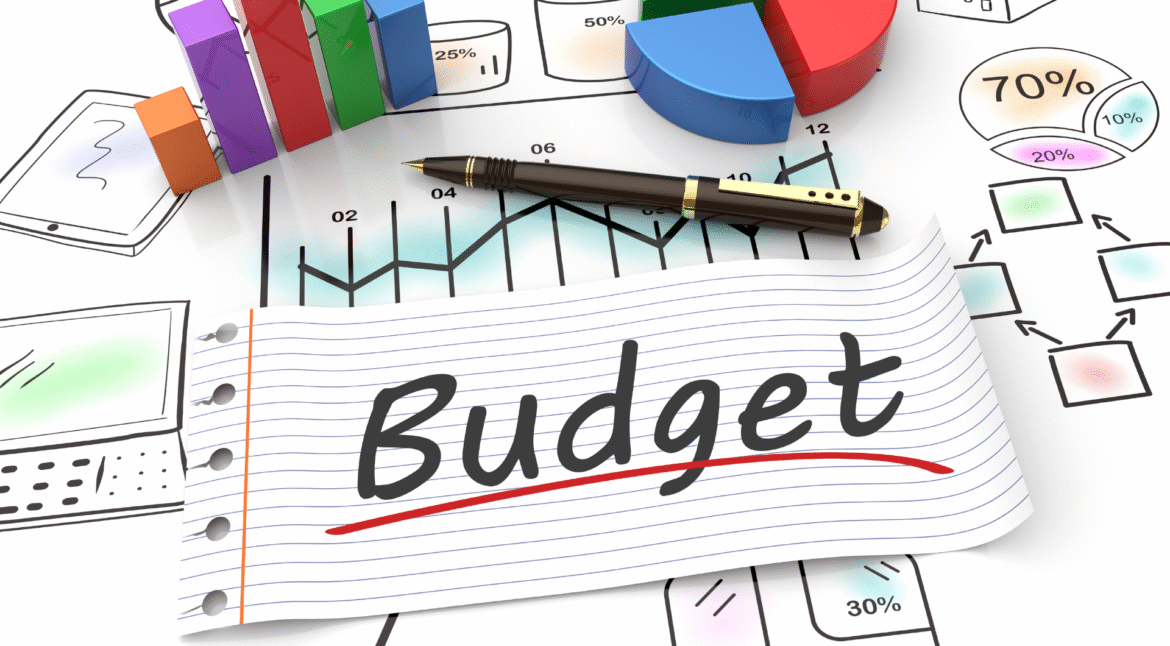In 2025, people working in construction will have to cope with more changes in prices. As the cost of steel, lumber, sand, and concrete increase, it makes it difficult to plan projects and keeps profit margins low. We realize that changes in pricing can throw off even the best-made project plans. This is why we strive to help contractors and developers deal with material cost risks right at the pre construction stage.
Why Are Material CostsHigh?
Many things are causing the increase in material prices for construction. Rising shipping prices and a lack of key raw materials are largely caused by global problems in the supply chain and geopolitical tensions. Shortages of workers within the country also limit the arrival of new products and key materials.
With more infrastructure projects getting underway and many regions experiencing more housing development, demand for construction materials has not fallen off. When there is a high demand and not enough supply, prices tend to go up. In many cases, contractors are the ones that feel the effects the most, especially when their contracts are fixed and prices are set using past estimated values.
How SEADS Allows You to Deal with Price Shocks?
When the price for raw materials goes up or down, your best strategy is to share information, get organized, and adapt to new changes. That’s where SEADS steps in. We provide accurate and prompt cost data that lets our clients take quick decisions when needed.
We rely on CostX, Bluebeam, and PlanSwift, together with current pricing information and information about vendors, to offer us the most up-to-date material costs. Instead of using fixed unit rates, we include live data from the local market and the words of our suppliers to get a more accurate picture. In other words, your estimate will keep improving as your forecast of sales gets better.
We also support clients in putting together contingency plans that will not exceed their budgets. Thus, by identifying items that are prone to changes in price, we can help customers switch to other products or deal with suppliers who give more stable rates. Thanks to value engineering, we can spot cost-saving alternatives while maintaining the required standard. If these risks are spotted during the pre construction stage, it gives you plenty of time to make a plan.
Contract Strategy:
Staying on top of higher materials costs goes beyond numbers and involves relationships and what is expected. SEADS assists clients with preparing their bids and contracts so they can cope with any price swings. At the beginning, you should consider escalation clauses, material allowances, and timing your procurements. As a result, contractors and owners are on the same page, making it less likely there will be conflict in the future.
Making sure there is smooth communication with your suppliers is also necessary to protect your business. Working together with your vendors and knowing when they deliver will allow you to purchase what you need sooner. SEADS helps by giving precise estimates of materials, so you can be sure about your orders and the timing. Pre-ordering supplies and keeping them close at hand during construction can shrink the risk of price spikes during the project.
Planning Today to Build Tomorrow:
Unfortunately, we should expect material cost increases to last for some time. Being successful in this type of environment requires planning in advance, being adaptable, and staying aware at every part of the project. We want to help you take charge of rising costs by giving you valuable insights and advice, instead of just having to deal with them as they happen. We help you with accurate estimates, risk analysis, value engineering, and choosing the best bidding method to ensure your project is finished on time and profitably.
If you’re starting a new job and want to manage volatility, SEADS is a great resource to use.
Contact Us Today!


